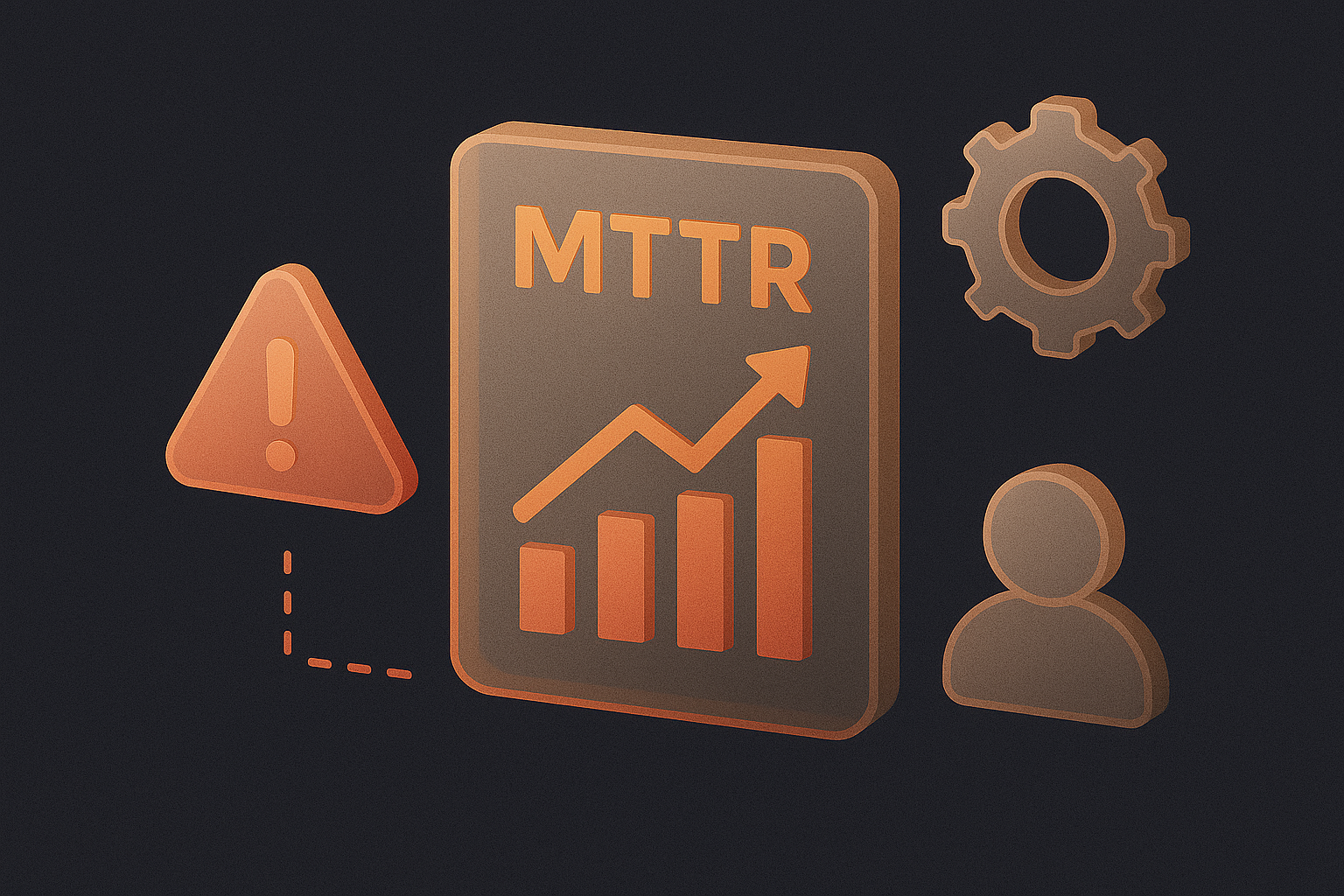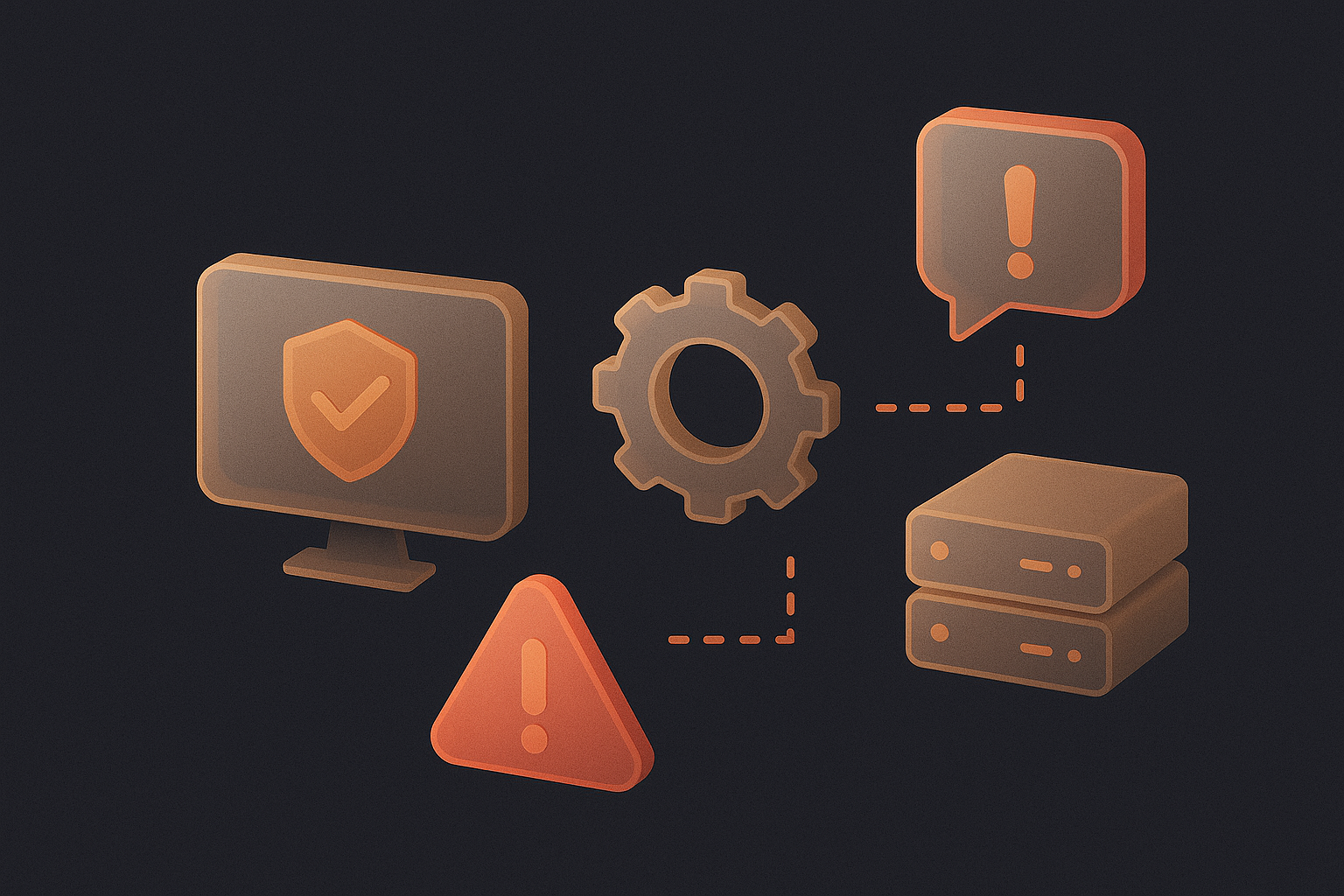What is release engineering?
Release engineering is a domain in software engineering, which involves the building and delivery of software or components, depending on the release cycle. Release engineering concentrates on the technical side of product development and deployment. Good development and delivery mechanism are crucial in building a resilient IT ecosystem. For the releases to be repeatable, the code and configuration must be built around automation and reproducibility. Release engineering aims at developing swift and resilient pipelines that accelerate product releases.
What are the responsibilities of a release engineer?
A release engineer should have in-depth knowledge of automated build tools, build configuration languages, source code, compilers, installers, etc. They are also expected to be highly knowledgeable in domains such as development, configuration testing, and customer support.
Release engineers set the guidelines for development and deployment to maximize the speed and efficiency of the releases with the available tools and resources.
What is release management?
Release management involves non-technical aspects such as process, tracking, and release alignment. It includes long-term goals as well as the necessary steps to achieve them.
Release management focuses on coordinating and aligning the changes made by different project teams in development. Different guidelines and policies are put in place to achieve this. All the changes are tracked and checked for adherence to the standardization rules.
What are the different Release engineering philosophies?
Self-service model
Release engineering strives to make the release process simple and functional so that teams themselves can take a call on the release processes. Better autonomy of teams facilitates faster releases. Workflows are to be leveraged so that releases happen with minimal human intervention.
High Velocity
Frequent releases means that there are much lower differences between two consecutive versions of a product, resulting in faster testing and troubleshooting, especially in the case of user-facing products. The production version is selected from a pool of builds or through ‘push green’ method where builds are released on clearing all the tests
Hermetic builds
Hermetic builds are not dependant on the versions of compilers, dependencies, or libraries. This means that the build is self-contained and does not depend on the external environment. Related results are expected from builds that are created by two different individuals on two different systems but at the same revision number.
Enforcement of policies and procedures
There are several security aspects in a product release such as approval of source code changes and integration proposal, specifying action plan for release process etc. Every single modification is reviewed to ensure a smooth integration to existing developer workflow. Site reliability engineers document all the changes made in the release to simplify troubleshooting, in the future.
To know more about AlertOps click here or to request for free demo click here



